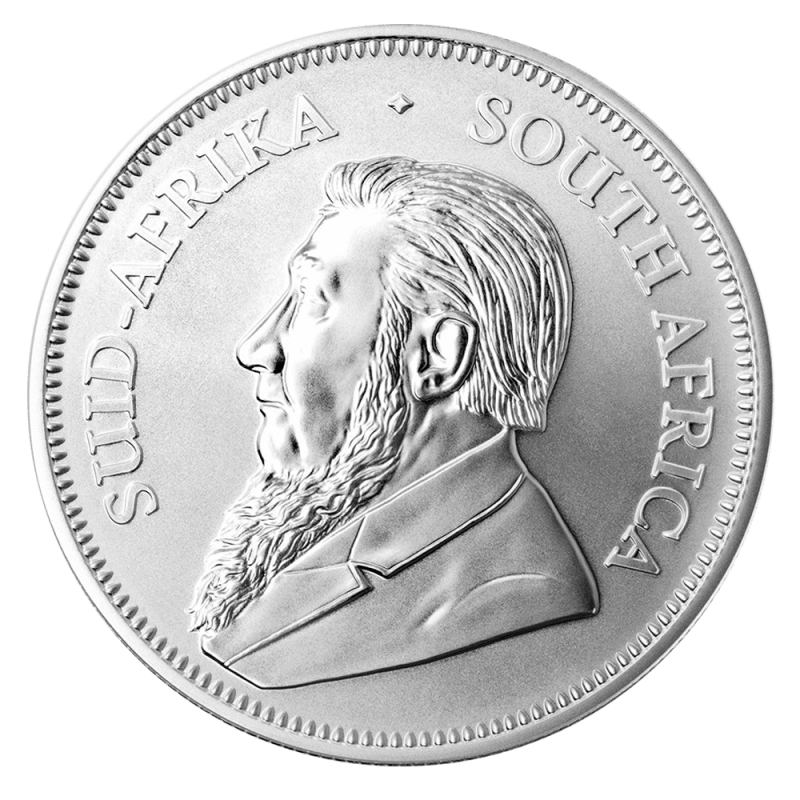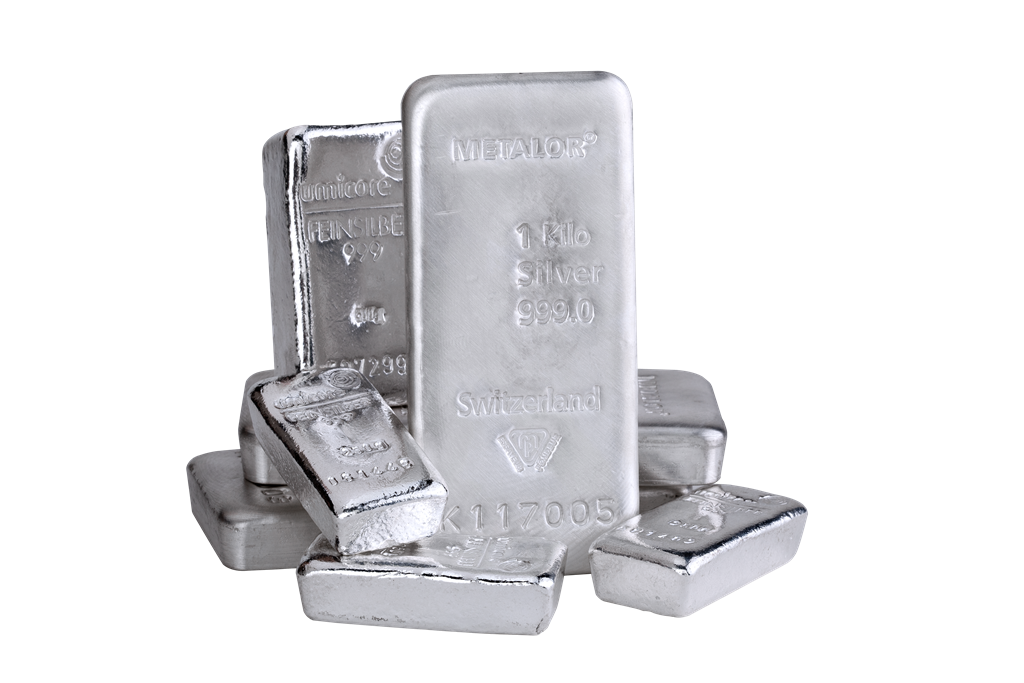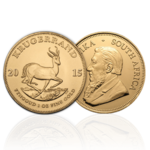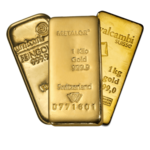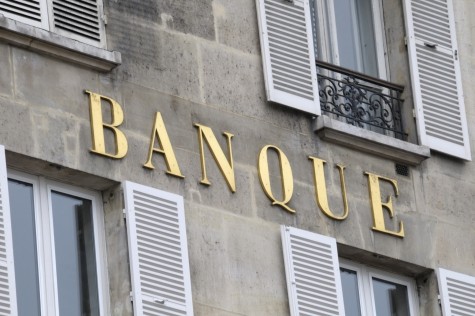
Do you think someone woke up a morning and said “I’m going to create a bank” or “I’ve dreamed of something, I will call it a bank” ? Well, banks and bankers neither came up out of nowhere, neither this way…
In order to understand gold and banks, you need to understand before the apparition of paper money between its creation in 1600 and its spread in 1750-1850.
The banknote ancestor
First, traders and wealthy people understood that just by lending money or acting as intermediaries, there was way to earn some money (e.g. with the interests). This has existed since a long time ago, despite having been prohibited by Charlemagne (called “Usury” at the time). And it did not only concern the Jews and Protestants who fled to Switzerland, Holland or Belgium.
This allowed the emergence of commercial enterprises specialized in the finance that will gradually become the nowadays banks. What changed everything was the bill of exchange. A piece of paper that was worth silver, and I mean SILVER metal. The bimetallism was the standard at the time. This avoided people having to walk around with silver or gold, and risk it to being stolen.
This is the birth of what has become the modern banknote.
The banknote
Subsequently, the first banknotes in the 1600s had their value 100% same amount of money in metal. It was only later that the tickets were worth something else, a bit of metal and a bit of trade value. Similar to what coins were worth during Croesus time.
With the associated value in metal, the gold discoveries in California in the 1850s and then in South Africa in the years 1880-1900 have helped the creation of a lot of paper currencies and a significant injection of money into the economy supporting industrial revolution. The gold standard of currencies will end from 1971 to 1976.
This created a part of the environment to detonate debts. The creation of money has become unlimited and no longer related to a quantity of precious metal, even small. We went from a natural brake to the money creation, to no limit imposing not to create money. Currencies now only worth the confidence we put into it.
The fluctuations in exchange rates aren’t only related to that confidence or overconfidence (or mistrust). That’s why the Chinese government banned the buying and selling of Chinese currency Yuan on currency markets except at home. Imagine! International markets would grant great confidence in yuan and thus increase the value of the currency. This would increase their export price and their growth would slow.
Gold, despite what we may think, is not and probably never will be just a “commodity“. That is also a financial asset for over 2000 years. The gold is there as a financial asset and as an alternative currency. Unlike currencies, physical gold can’t be created from nothing; it has to be either produced or recycled. Paper gold is nonsense in itself. “Why?” you may ask? Because, if you want to stay logical, in case of major economic crisis, what would worth your paper gold?
If you buy gold, no matter the reason, it seems it’s in order to avoid having just a piece of paper in your hand.
The paper gold is a good thing for trading accounts, where one wants to speculate and try to maximize profits by leverage. But the paper gold does not seem like an ideal for positions in the medium or long term.
The market tends to consider it as a currency and redo it as standard of trust. Your banker says “don’t buy gold’” and that’s a fact, he doesn’t want you to become your own banker! He just wants to keep your money, because admit it … it’s a little tricky to be someone’s banker without money! Neither countries like it, because your money in gold then leaves the economy to be in your own chest. It’s a bit like if I told you “buy, buy gold” while I am trader of gold!
So take your own decisions ! Neither that of a banker ! Nor that of a trader of gold !
